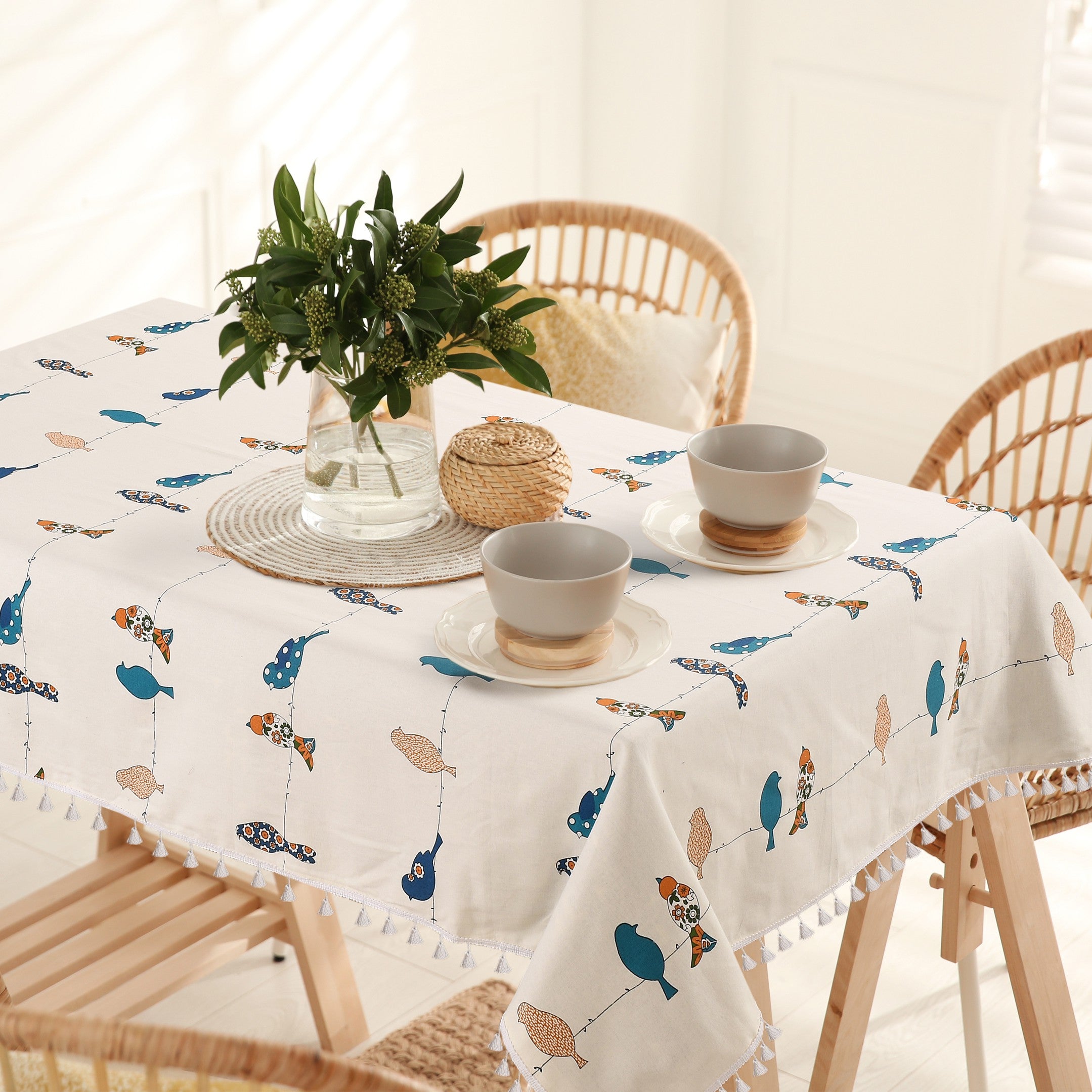Linen Fabric Innovations: Discovering Modern Trends and Creative Applications in Design and Fabric Industry
From sustainable production techniques to cutting-edge weaving innovations, the evolution of linen is improving the landscape of the fabric industry. As we dig right into the worlds of innovative design applications and the emergence of linen blends and crossbreed fabrics, a new phase unravels in which bed linen's function in future fabric developments takes center stage.
Lasting Practices in Linen Production
Sustainable methods in bed linen manufacturing have come to be significantly essential in the fabric industry's initiatives to lessen ecological effect and promote ethical sourcing methods. Bed linen, an all-natural fiber originated from the flax plant, uses an array of advantages such as breathability, resilience, and biodegradability. Nonetheless, conventional techniques of bed linen production can include substantial water intake, chemical use, and energy-intensive procedures.
To deal with these obstacles, many fabric suppliers are adopting sustainable techniques throughout the bed linen production process. This includes sourcing flax from organic ranches that avoid hazardous chemicals and chemicals, executing water-efficient retting strategies to extract fibers from the flax stalks, and using environmentally friendly dyes and coatings. In addition, some firms are buying eco-friendly energy sources to power their production centers and decreasing waste via recycling and upcycling initiatives.
Technical Improvements in Bed Linen Weaving
With the expanding focus on lasting methods in linen manufacturing, the fabric market is currently experiencing a surge in technical advancements especially focused on revolutionizing the art of linen weaving. These innovations are reshaping the method linen materials are created, using raised performance, high quality, and creativity in weaving methods.
Among the crucial technical developments in bed linen weaving is the combination of computerized looms. These advanced looms are equipped with software program that permits complex and complicated designs to be woven with precision. By digitizing the weaving procedure, suppliers can attain higher consistency and accuracy in their linen fabrics.
Additionally, developments in yarn spinning technology have actually allowed the production of finer and more resilient linen threads - table cloths. This causes softer and smoother linen fabrics that retain their top quality even after multiple usages and laundries
Additionally, the growth of environmentally friendly dyeing processes and finishes for bed linen materials is obtaining grip. These lasting methods not only lower the environmental impact yet likewise cater to the increasing customer demand for morally created fabrics.
Creative Style Applications for Linen
Cutting-edge creative methods are significantly shaping the imaginative style applications for bed linen in the textile sector. Designers are pressing the boundaries of typical linen use, exploring its adaptability in various applications. One famous trend is the combination of bed linen in lasting style lines, where its green properties are highlighted. Bed linen's all-natural aesthetic charm and capability to blend with other fabrics make it a preferred selection for creating special garments and devices that satisfy the ecologically aware customer.
Moreover, designers are explore bed linen in home decoration, utilizing its durable and breathable nature to craft trendy furnishings such as curtains, bed linen, and upholstery. The structure and drape of linen bring a feeling of elegance and convenience to interior spaces, adding a touch of elegance to modern homes.

Bed Linen Blends and Hybrid Fabrics

Hybrid textiles, on the other hand, take the principle of blending an action additionally by incorporating added aspects such as metal threads, recycled products, or conductive fibers. These ingenious textiles not just expand the layout possibilities yet likewise present practical facets like conductivity, antimicrobial residential properties, or enhanced longevity. Hybrid textiles are progressively being utilized in different sectors, including fashion, interior decoration, and technical textiles, where the need for multifunctional materials gets on the increase.
Bed linen's Role in Future Fabric Innovations

In the world of future fabric innovations, linen is expected to be a crucial gamer in the growth of innovative functional fabrics. Researchers and designers are checking out means to improve bed linen's inherent qualities with technical improvements, such as including clever fabrics, nanotechnology, and efficiency coatings. These technologies intend to boost bed linen's efficiency qualities, making it suitable for a broader variety of applications, from activewear to protective clothing.
Moreover, the combination of bed linen with various other all-natural or artificial fibers you could check here opens up unlimited possibilities for creating unique fabrics with distinct buildings and capabilities. By leveraging bed linen's qualities and checking out innovative blends, the fabric sector is positioned to introduce exciting growths that accommodate progressing consumer needs and sustainability needs.
Conclusion
To conclude, the expedition of lasting methods, technical innovations, innovative design applications, linen blends, and its role in future textile technologies highlight the continuous development of linen material in the contemporary layout and textile industry. With an emphasis on development and creativity, the versatility and eco-friendly nature of bed linen make it a valuable product for designers and suppliers alike, leading the method for more advancements and advancements in the area of textiles.
As we dig into the realms of imaginative style applications and the appearance of linen blends and crossbreed fabrics, a brand-new chapter unravels in which bed linen's role in future textile advancements takes center stage.
Discovering the fusion of linen with various other textiles has led to the appearance of innovative blends and hybrid fabrics in the modern textile market. Bed linen blends offer a special combination of the qualities of bed linen with those of various other fibers, resulting in fabrics that possess boosted homes such as raised resilience, enhanced draping, and reduced wrinkling.The advancement of linen blends and hybrid textiles has actually set the stage for Linen to play an essential duty in driving future fabric developments.In the realm of future textile advancements, bed linen is anticipated to be a crucial gamer in the advancement of sophisticated functional fabrics.